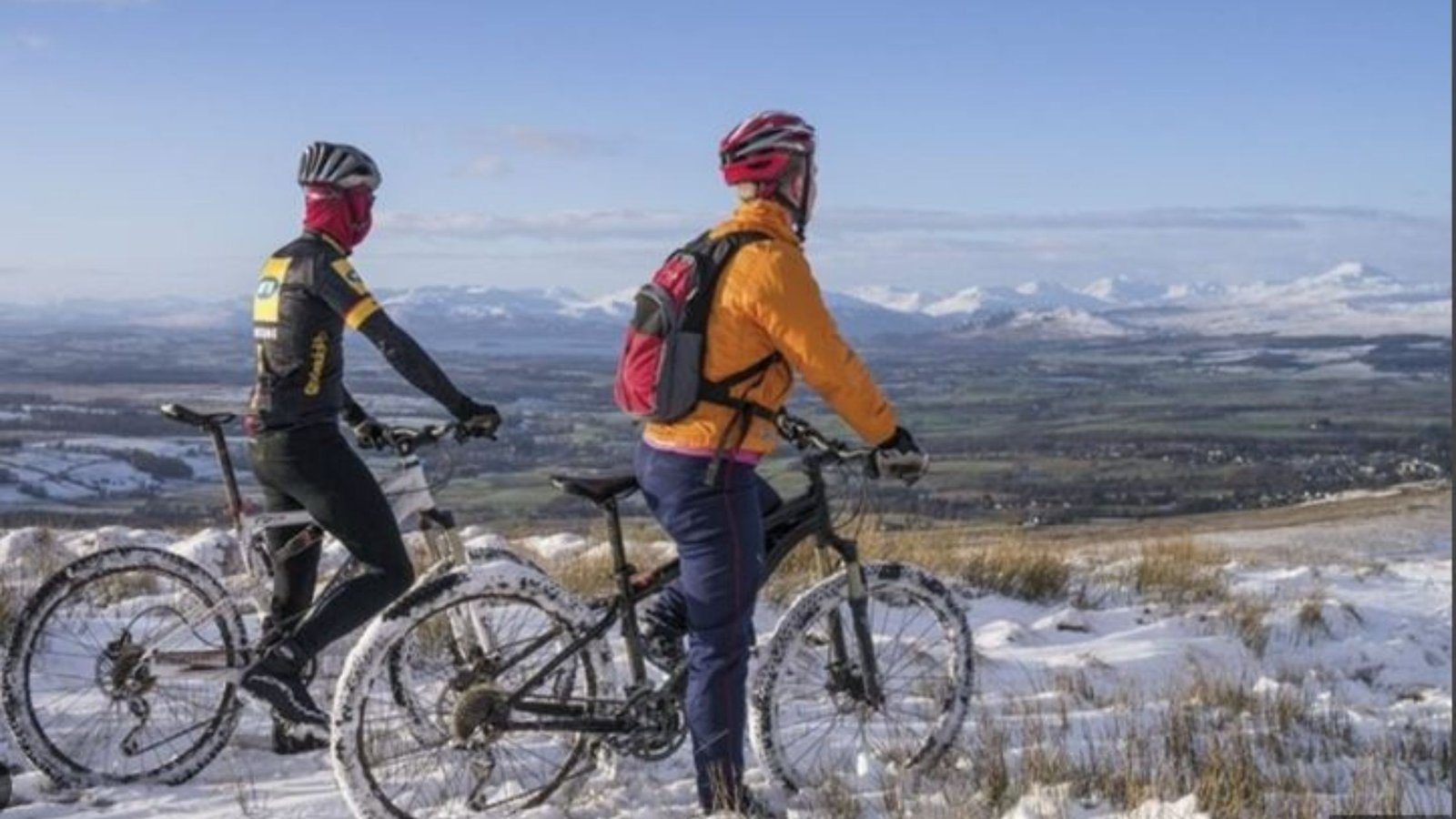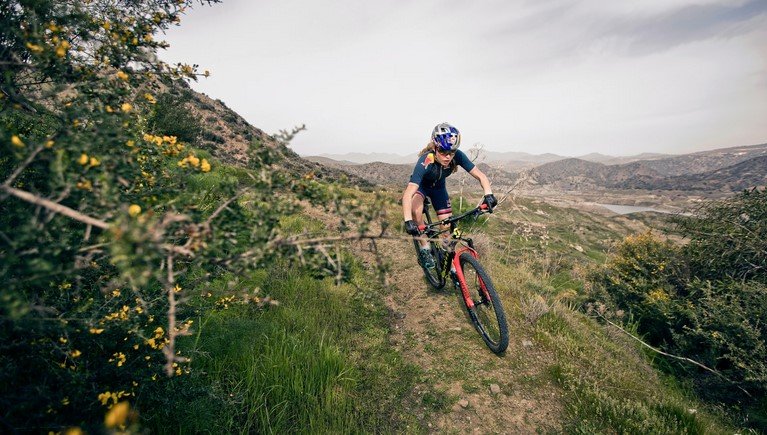Essential safety precautions for mountain biking are vital to ensure that riders enjoy the adventure while minimizing risks. Mountain biking presents its own set of challenges, from rough terrain to high speeds, making safety a priority. Riders must equip themselves with the right gear, master basic techniques, and prepare thoroughly for any trail they encounter.
Taking appropriate safety measures ensures not only a fun ride but also one that significantly reduces the chance of injury. By incorporating safety precautions into every ride, mountain bikers can confidently tackle even the most difficult trails.

Wear Proper Safety Gear
The most essential safety precaution for mountain biking is wearing the right protective gear. Without proper equipment, even a minor accident can result in severe injuries. The most critical piece of gear is a helmet, designed to protect your head from impacts during a fall. Mountain biking helmets should fit snugly and offer extended coverage around the sides and back of the head.
In addition to a helmet, riders should also wear gloves for grip and hand protection, knee and elbow pads for joint safety, and sturdy footwear to prevent slips. Furthermore, eye protection in the form of goggles or sunglasses protects against debris, dust, and branches on rugged trails.
Wearing the correct safety gear provides a physical shield against potential injuries while boosting the rider’s confidence, knowing they are adequately protected. This foundational step in biking safety ensures a secure experience no matter the trail conditions.
Check Your Bike Before Every Ride
One of the most crucial essential safety precautions for mountain biking is ensuring that the bike is in proper working condition. A quick bike check before hitting the trail can prevent mechanical failures that could lead to accidents. Start by inspecting the brakes to ensure they are functioning correctly. Brake pads should be intact and responsive, as they are your primary control on steep and uneven terrain.
Next, examine the tires for any damage or worn-out tread. Proper tire pressure and adequate tread grip are necessary for maintaining control on challenging surfaces. Also, check the chain, gears, and pedals for any signs of wear and tear. These components must work smoothly to provide efficient power transfer and stability during your ride.
In addition to checking the bike itself, make sure you bring along essential tools for quick repairs. A multitool, tire repair kit, and a portable pump are invaluable if mechanical issues arise during the ride.
Know Your Limits and the Terrain
Another key element in essential safety precautions for mountain biking is understanding both your own abilities and the terrain you’ll be riding on. Mountain biking trails vary in difficulty, so choosing a trail suited to your skill level ensures a safer experience. Overconfidence can lead to risky situations, while underestimating the challenge may lead to accidents.
Before embarking on a ride, research the trail’s difficulty level, elevation changes, and potential hazards. Riders should also take the time to learn basic riding techniques such as proper body positioning, braking techniques, and how to navigate corners safely.
Equally important is knowing when to take breaks. Mountain biking is physically demanding, and fatigue can impair judgment and reaction time. Regular breaks allow riders to stay sharp and hydrated, reducing the likelihood of accidents caused by exhaustion.
Ride with a Buddy and Carry Emergency Supplies
Riding with a partner adds another layer of safety, as having someone else nearby can be crucial in case of an accident or unexpected situation. Mountain biking often takes place in remote locations where help may not be readily available. Riding in pairs or groups ensures that assistance is immediately accessible.
Carrying essential emergency supplies is also a must for any ride. Always pack a basic first-aid kit, which should include bandages, antiseptic wipes, and pain relievers. A fully charged cell phone, a map or GPS device, and some extra food and water can make a big difference in case of an emergency.
These supplies, combined with a companion, can significantly improve your safety while out on the trail, providing peace of mind that you’re prepared for any situation.
Conclusion: Safety First for Every Mountain Biking Adventure
Essential safety precautions for mountain biking should be part of every rider’s routine, ensuring that each adventure is both thrilling and secure. Wearing proper safety gear, checking the bike before each ride, knowing your limits, and understanding the terrain are vital steps for staying safe.
Riding with a buddy and packing emergency supplies further enhance the safety of your trip. Making sure you’re prepared for anything that might come your way. By prioritizing these precautions, mountain bikers can enjoy the exhilaration of their rides while minimizing the risks associated with this adventurous sport.











